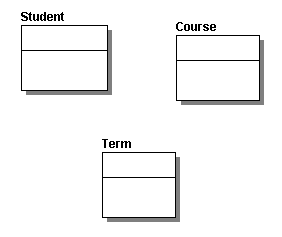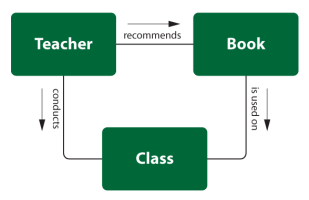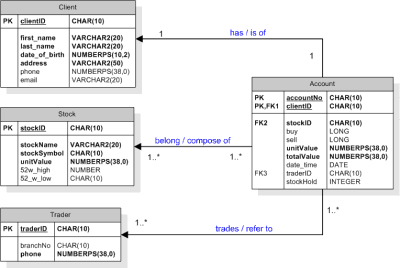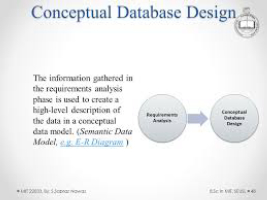-
01: Introduction
-
Introduction to databases
-
Select statements
- 01: Introduction
-
-
02: Conceptual Database Design
-
Conceptual database design
-
Aggregate queries
- 02: Conceptual Design
-
-
03: Logical Database Design
-
Logical database design
-
Join queries
- 03: Logical Design
-
-
04: Enhanced ER diagrams
-
Enhanced ER Modelling
-
Multi-table and Outer Joins
- 04: Enhanced ER Diagrams
-
-
05: Normalisation
-
Normalisation
-
Data Manipulation
- 05: Normalisation 1
-
-
06: Advanced Normalisation
-
Normalisation example
-
Normalisation beyond 3NF
-
Data Definition
- 06: Normalisation 2
-
-
07: Physical Database Design
-
Conceptual and Logical recap
-
Physical database design
-
Subqueries and views
- 07: Physical Database Design
-
-
08: Security, Indexes and Triggers
-
Database Security
-
Indexes, Triggers, User and Privileges
- 08: Security, Indexes and Triggers
-
-
9: Database Concurrency
-
Transaction Management
-
MySQL Backup and Recovery
- 09: Database Concurrency
-
-
10: Backup and Recovery
-
Backup and Recovery
-
Installing MongoDB
- 10: Backup and Recovery
-
-
11: NoSQL 1
-
NoSQL Databases
-
MongoDB - Create
-
MongoDB - Read
- 11: NoSQL 1
-
-
12: NoSQL 2
-
Document-oriented modelling
-
MongoDB - Update
-
MongoDB - Delete
- 12: NoSQL 2
-
02: Conceptual Design
Conceptual database design
Entities, Entity Types, and Attributes

In this lecture you will learn about Entities, Entity Types, and Attributes
Relationships and Relationship Types

In this lecture you will learn about Relationships and Relationship Types
Conceptual Database Design 1

In this lecture you will learn about steps involved in Conceptual Database Design
Exercises

In your own time draw an ER diagram for the scenarios
Conceptual Database Design 2

In this lecture we will look at the remainder of steps in Conceptual Database Design

